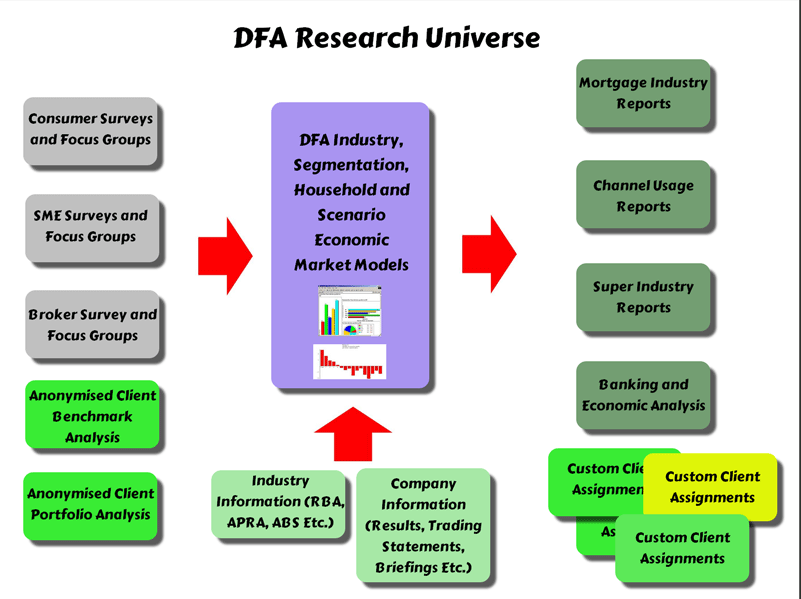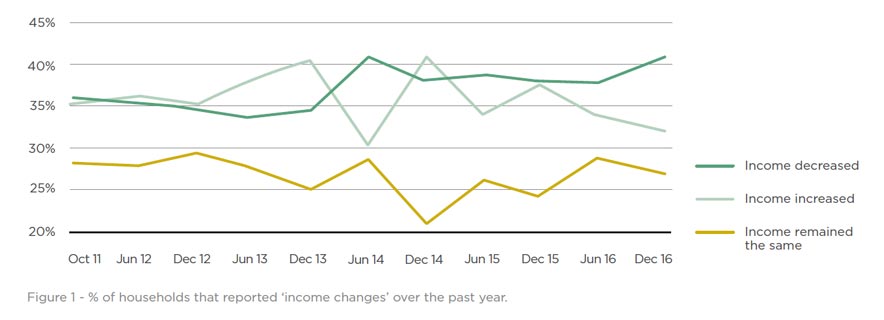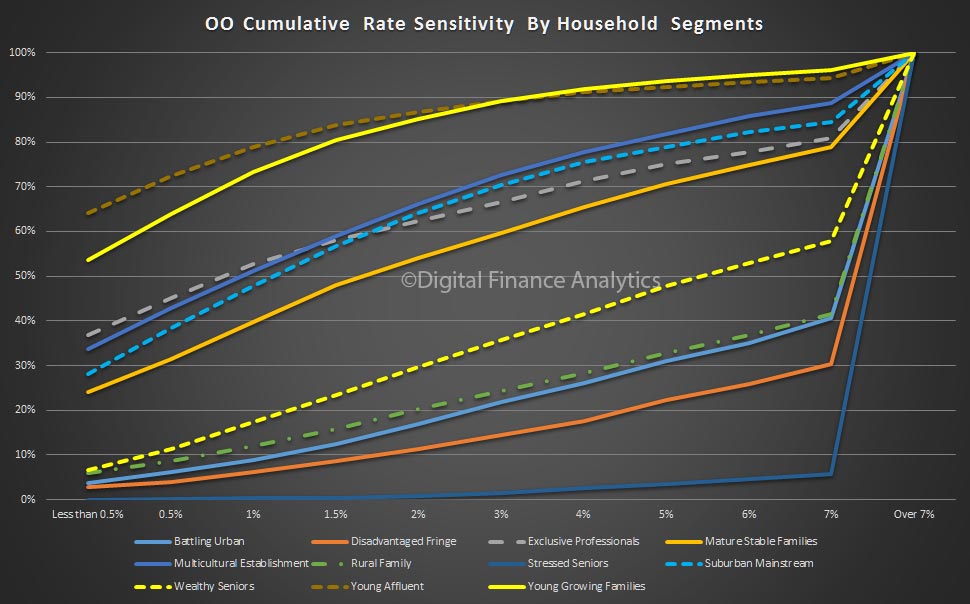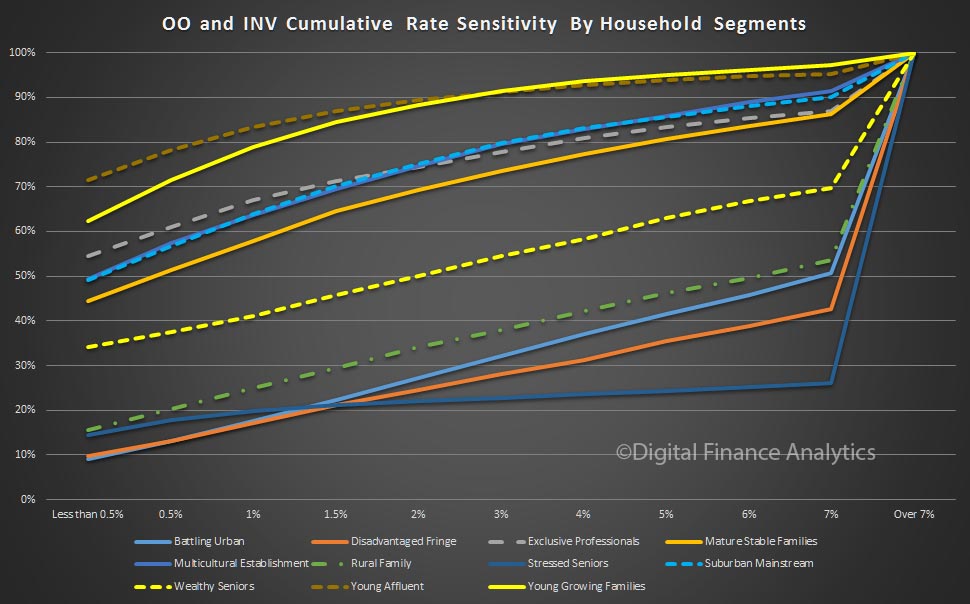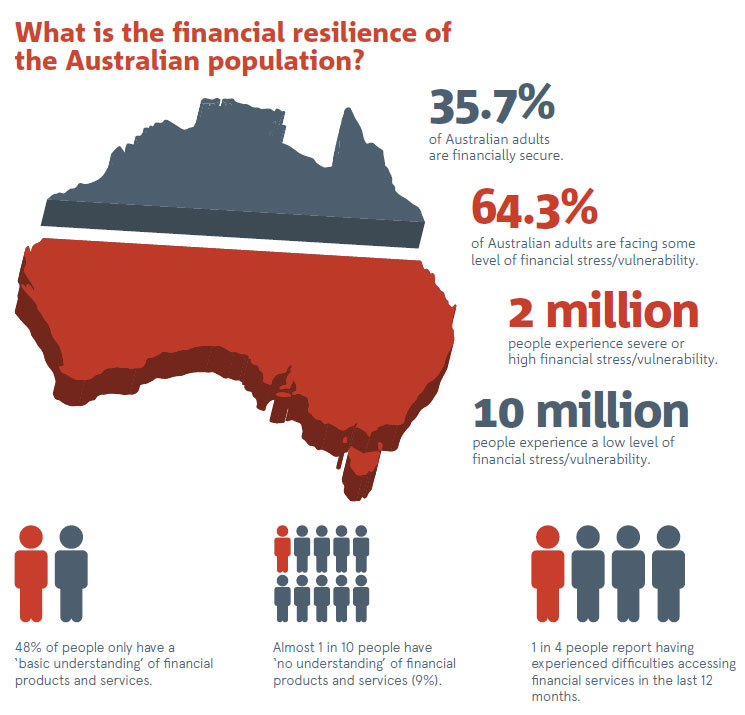Interesting speech from Prof Claudia Buch Vice-President of the Deutsche Bundesbank on “Data needs and statistics compilation for macroprudential analysis.” Availability of data on real estate markets does not match the importance of these markets for financial stability. The lack of data is profound.
Surveillance of risks to financial stability requires good data and information. The second phase of the G20 Data Gaps Initiative plays an important role for improvements in the statistical infrastructure. Apart from providing a conceptual framework for the collection of data, implementation of new concepts nationally and internationally will be crucial.
First, with its framework for the evaluation of financial sector reforms post-implementation, the FSB has started an ambitious project. The success of this project will depend crucially on the timely and comprehensive availability of granular data. Now is the time to start developing protocols defining how statistical and policy evaluation work can be integrated more closely.
The real estate sector plays an important role for the real economy and the financial system. Monitoring developments in real estate markets is, therefore, key to an early identification of vulnerabilities.
- More than two-thirds of all Europeans own the homes they live in. Residential property typically forms the largest component of homeowners’ wealth.
- The majority of households borrow to finance a home purchase. In many places, housing assets can be used as collateral to access funding. Mortgage debt is thus the main financial liability of the household sector.
- Mortgage loans are also a major asset of the financial system. In advanced economies, about 60 percent of banks’ total lending portfolios are held in the form of mortgage loans.
Given this large exposure of financial institutions, risks to financial stability can occur if a strong rise in house prices coincides with a strong expansion in mortgage loans and an easing of credit standards.
Risks can build up if market participants form overly positive expectations regarding future developments in debt sustainability. They may not give due consideration to the possibility that asset prices may fall and that interest rates may rise. If property prices subsequently decline, and if this is coupled with a simultaneous increase in default rates, banks may not be able to offset losses from mortgage lending.
The bursting of credit-driven real estate price booms does significant and long-lasting damage to the real economy. A fall in house prices may also affect financial institutions more directly through their specific investments in residential real estate assets.
The availability of data on real estate markets does not match the importance of these markets for financial stability. The European Systemic Risk Board (ESRB 2016) has thus recommended “closing real estate data gaps”. Much work needs to be done to improve data on real estate in terms of coverage as well as of comparability across countries.
The lack of data is profound. For Germany, indicators are available only for (aggregated) prices and credits. Information on credit standards is insufficient for monitoring financial stability. Information is limited to the Eurosystem’s quarterly Bank Lending Survey (BLS). But this survey includes only qualitative information, and it is constrained to a sample of 139 large banks. As regards markets for commercial real estate, reliable indicators on both price and lending volumes are lacking.
The G20 Data Gaps Initiative aims at improving the availability of Residential Property Price Indices (RPPI) (IMF and FSB 2016). By the year 2021, G20 economies are to provide nationally available data on Commercial Property Price Indices to the BIS. In September 2016, the BIS had already published such data, including information on coverage and methodologies, for a number of countries.
Second, we have made much progress in the surveillance of non-bank finance or “shadow banking”. Assessing risks in this area requires drilling down further, using the infrastructure that we have in terms of data and methodologies. But it also requires further developing our analytical tools, especially in order to strengthen our understanding of shock transmission channels and the relevance of common exposures and inter-sectoral linkages for the latter, including those that extend across borders.
Third, international capital flows have many positive effects – but can also propagate shocks across borders. To address this concern, timely and granular data are needed for policy use. An improved sharing of and accessibility to sufficiently granular data is crucial for monitoring systemic risk. This implies the use of common identifiers in order to allow a better linking of different micro datasets and a more refined analysis of channels of propagation.


